
I knew what I was in for. It is no secret that roses maintain a reputation of fussiness and difficulty in maintenance. When I was given charge of the Svetland Rose Garden in fall of last year, I theorized that following the set plan of pest management, fertilization, and watering schedules would insure me success.
Beginning this year, the Svetland Rose Garden will be undergoing a renovation: new roses, fresh companion plants, and enhancements to the design. I am excited to be a part of this process, and it felt good to tear out the sod to make way for more beautiful plantings. The most creative part is the planning: looking at colorful roses and plants online, building designs on paper, researching disease-resistant varieties.
Reality can be a bit like sipping unsweetened lemonade. One day I stand back smiling at how good the newly planted annuals look, and the next day I find all the flowers have been devoured by rabbits. Or a glance at a rose reveals that the onset of black spot fungus is starting on the lower leaves.
“No!” I cry, but turn around to see leaves skeletonized to the vein, a little green caterpillar happily munching away. The sawfly larvae are ten times worse, working as a diligent force to see that the roses are quickly and efficiently defoliated. With tears in my eyes, I vow to stop the Japanese beetles before there’s even a glint of their coppery wings in my rose garden.
Before I get too emotional or discouraged, I see our visitors appreciating the vigor of the blooms with their camera or bending to sniff the fragrance of the Rugosas. They may be blissfully unaware of the war being waged, and it gives me heart.
Fussy? Difficult? Yes, roses are, but this is a worthy cause. The new roses will be at the top of the list in disease resistance. They will be dazzling, vibrant, and fragrance, and beautiful. I will find the balance to keeping them happy and pest-free. And at there will be a moment when I step back and say, “Ah. That’s a good-lookin’ rose garden.”
If you visit the gardens between now and autumn, you may see a steady progression of change. My challenge to you: join me in this journey, and revel in its completion next June, when everything will be coming up roses.
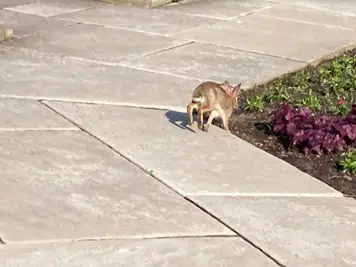

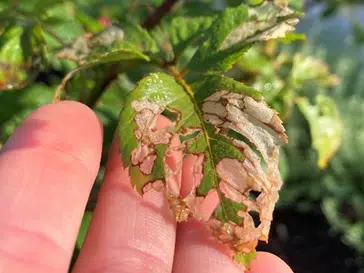
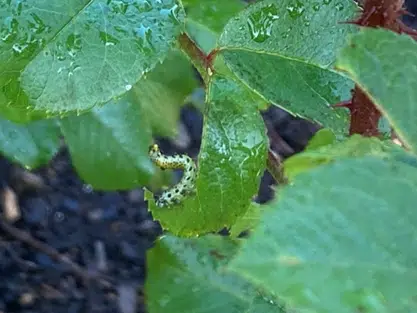
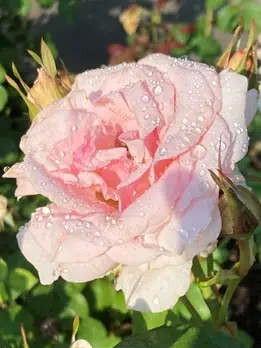
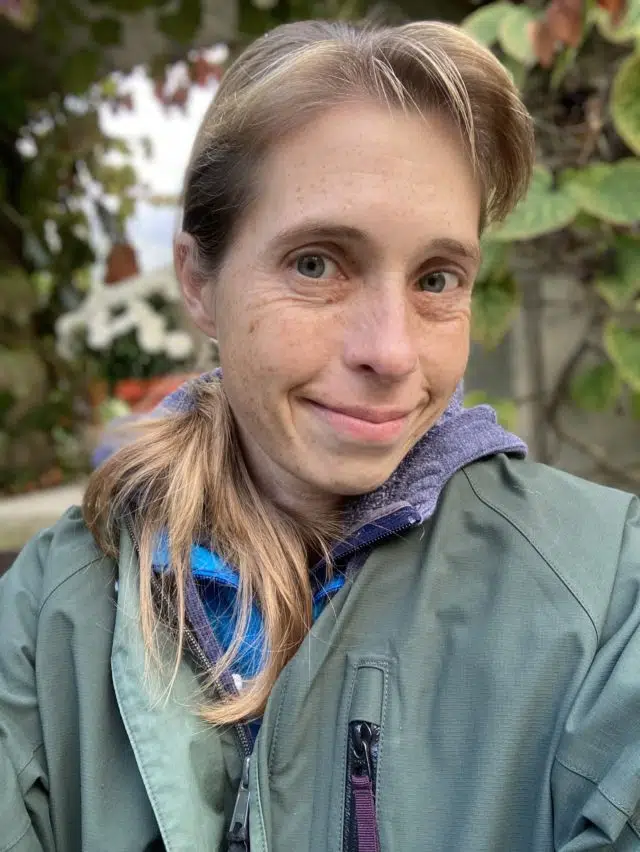
Stefanie Verish
Horticulturist
Stefanie is a Horticulturist for the Cleveland Botanical Garden and has been working with plants for over 20 years. Her career as a naturalist with Cleveland Metroparks, her horticultural experience in landscaping for the Village of Valley View, and her freelance artistry have nurtured her love for gardening and design. She is especially passionate about utilizing native plants as integral components for local gardens.












